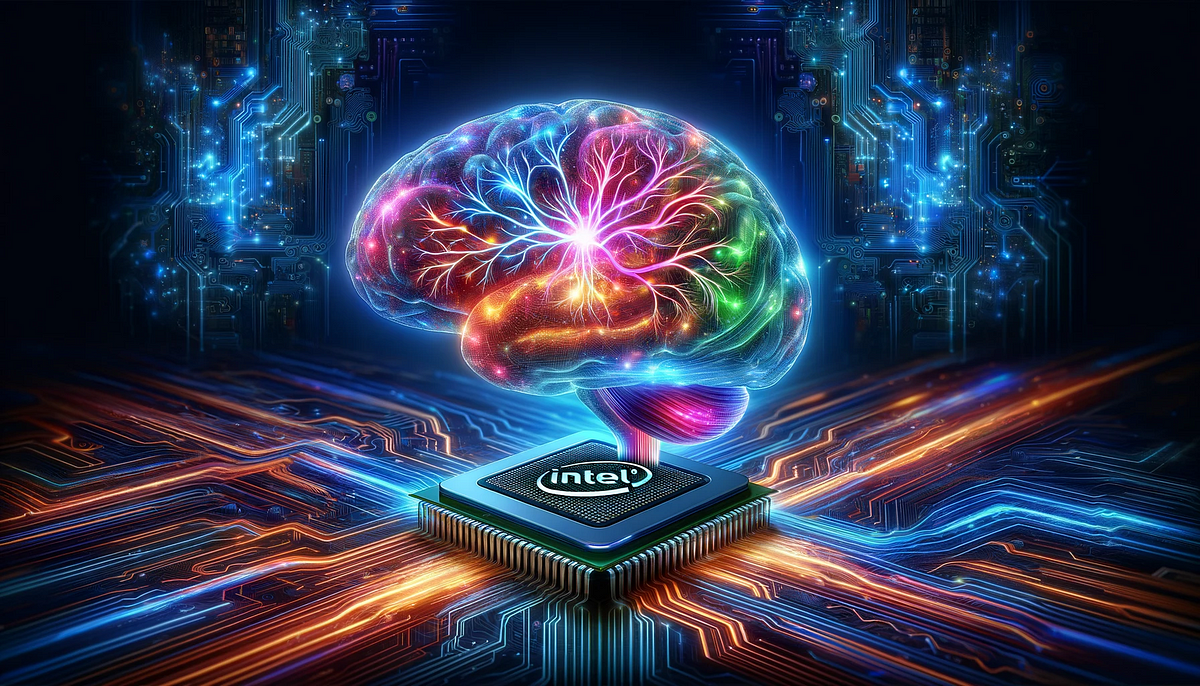Optimizing CPU Performance for Small Language Models on Personal Computers
แนวคิดหลัก
Achieving maximum CPU performance for executing Small Language Models (SLMs) on personal computers through proper configuration and benchmarking.
บทคัดย่อ
The article discusses the performance of Small Language Models (SLMs) when executed solely on CPU cores, without the assistance of GPU or NPU accelerators. It compares the performance of four popular SLMs running on two different systems: an AMD Ryzen 7840U and an Intel Core Ultra 7 165H.
The key insights are:
The llama.cpp project, which is the backend used by the LM Studio application, recommends setting the number of threads to the number of physical CPU cores for optimal performance. In contrast, the default thread count in LM Studio is 4, which can limit the available memory bandwidth and lead to suboptimal performance.
When the thread count is properly configured in llama.cpp, the Intel Core Ultra 7 165H outperforms the AMD Ryzen 7840U in 3 out of the 4 SLMs tested.
The article provides a step-by-step guide on how to replicate the performance testing, including the required system configuration, software setup, and command-line flags for llama.cpp.
The article emphasizes the importance of understanding the software stack and dependencies for accurate performance analysis of AI-powered applications, such as SLMs, on personal computers.
Achieving Maximum CPU Performance in Local SLMs
สถิติ
The token rate, which is roughly equivalent to the number of words per second the SLM generates, is used as the performance metric.
คำพูด
"Set the number of threads to use during generation. For optimal performance, it is recommended to set this value to the number of physical CPU cores your system has (as opposed to the logical number of cores). Using the correct number of threads can greatly improve performance."
ข้อมูลเชิงลึกที่สำคัญจาก
by Robert Hallo... ที่ medium.com 05-09-2024
https://medium.com/@intel.robert/achieving-maximum-cpu-performance-in-local-slms-55c8571aadb0
สอบถามเพิ่มเติม
How do the performance differences between the Intel and AMD systems change when considering different SLM models or input prompts?
When considering different SLM models or input prompts, the performance differences between the Intel and AMD systems may vary. The choice of SLM model and input prompt can significantly impact the workload and resource requirements of the system. Some SLM models may be more complex and demanding, leading to variations in performance between the two systems. Additionally, the nature of the input prompt, such as the length or complexity of the text, can also influence how efficiently the systems process the information and generate responses. Therefore, it is essential to evaluate performance across a range of SLM models and input prompts to gain a comprehensive understanding of how the Intel and AMD systems compare in different scenarios.
What other system-level optimizations or configurations could be explored to further improve the CPU-based performance of SLMs?
To further improve the CPU-based performance of SLMs, several system-level optimizations and configurations could be explored:
Memory Bandwidth Optimization: Ensuring that the system's memory bandwidth is fully utilized can enhance SLM performance. Adjusting memory timings, optimizing memory access patterns, or utilizing high-speed memory modules can help improve data transfer rates and overall system responsiveness.
Thread Management: Properly managing the number of threads used during SLM execution is crucial for optimal performance. Aligning the thread count with the physical CPU cores, as recommended by llama.cpp, can maximize processing efficiency and resource utilization.
Cache Optimization: Optimizing the CPU cache hierarchy can reduce memory access latency and improve data retrieval speeds. Configuring cache levels, prefetching strategies, and cache line sizes can enhance the overall performance of SLMs on CPU cores.
Power Management: Efficient power management techniques, such as dynamic voltage and frequency scaling, can help balance performance and energy consumption. Fine-tuning power profiles and thermal management settings can optimize CPU performance during SLM workloads.
Software Updates: Keeping system firmware, drivers, and software applications up to date can address performance bottlenecks, security vulnerabilities, and compatibility issues. Regularly updating the SLM software stack and dependencies can ensure optimal performance and stability.
What are the potential implications of these findings for the broader adoption and use of SLMs on personal computing devices?
The findings regarding the performance of SLMs on Intel and AMD systems have several implications for the broader adoption and use of SLMs on personal computing devices:
Hardware Compatibility: Understanding the performance characteristics of different hardware platforms can help users select the most suitable system for running SLM applications. Compatibility with CPU cores, GPU accelerators, and NPUs can influence the overall performance and user experience of SLMs.
Performance Benchmarking: Conducting thorough performance benchmarking tests, as demonstrated in the comparison between Intel and AMD systems, can guide users in optimizing SLM execution and achieving maximum CPU performance. Transparent and accurate performance evaluations can inform decision-making and software development efforts.
User Experience: Improving the performance of SLMs on personal computing devices can enhance user productivity, creativity, and engagement. Faster response times, higher token rates, and efficient resource utilization can make SLM applications more accessible and user-friendly for a wider audience.
Software Development: Developers and ISVs can leverage the insights from performance evaluations to optimize SLM applications for diverse hardware configurations. Fine-tuning software settings, thread management, and memory utilization can lead to more efficient and scalable SLM solutions for personal computing devices.
0
